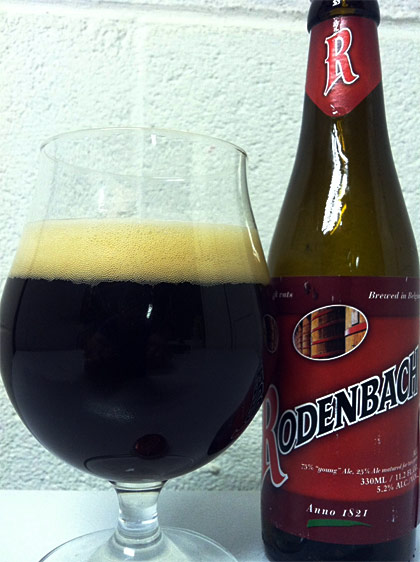This is not a marketing blog. We aren’t trying to sell anything. (If we did, we’d have the Duty Man chasing us). So we’ve got no reason to keep all the articles all positive and “we made this lovely beer then we made that lovely beer”. So here goes – the truth is we seem to have a major problem with a recent beer.
Regular readers will remember that we made a series of Belgian style ales. The first was a Belgian Pale Ale, which fermented nicely and tasted very promising when we transferred it into the keg.
We followed Andy’s “six weeks maturation minimum” rule, but when we came to taste it something was badly wrong. The initial signs had been there – frantic secondary fermentation and a leaking keg (a bit like our earlier explosion). When we served it, the beer gushed out under such pressure we ended up with a whole pint of froth.
But it’s the smell and taste that tells us we have an infection – it’s sour. Not vinegar sour. It’s softer than that, which suggests to me that it is lactic acid, rather than acetic acid. But sour nonetheless. Bugger.
We’ve not had a lot of experience of infections, but given the softness of the sour taste, I am guessing it is a lactobacillus infection. Lactobacillus is present on all raw malt, of which there is plenty around the brewery (I mean house).
So disaster. Well, we’re not so sure. A number of people that have tasted it have been intrigued by the “funky” sourness. It’s not unpleasant, just not what we normally expect from our beer. Andy believes it tastes rather like Rodenbach Classic (Red).
So, since we don’t need the keg right now it hasn’t been dumped. We keep sampling the odd half pint, and we haven’t died yet (or indeed had any adverse symptoms). So we’ll just have to see.
(If you LIKE this sort of beer let me know, we have a LOT to spare! :-)

Photo: http://www.thebarleyblog.com/2011/rodenbach-classic/







